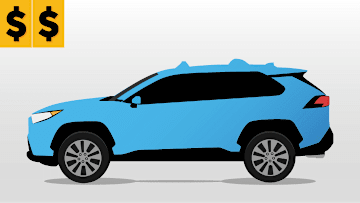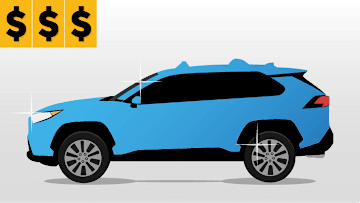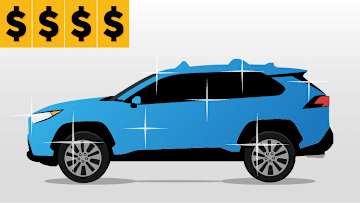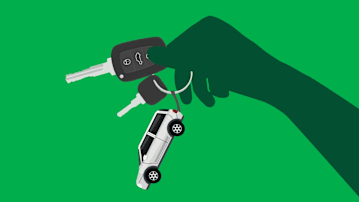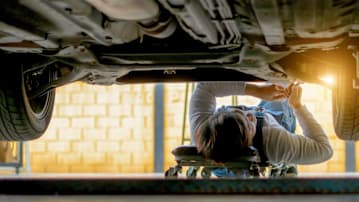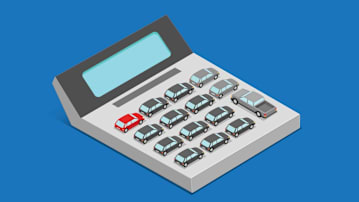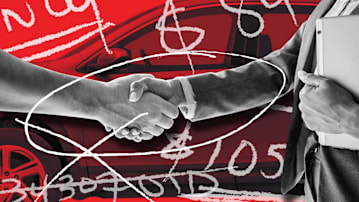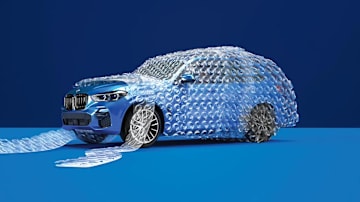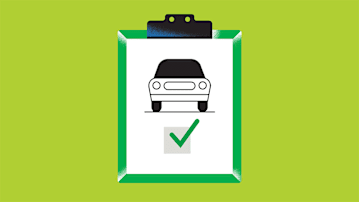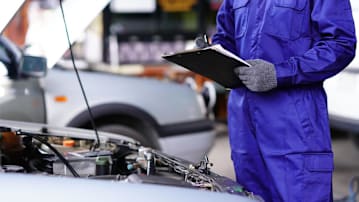How to Find a Safe and Reliable Used Car for Your Budget
Buying a used car is a great way to save money, but only if you choose a reliable model. CR’s experts have analyzed our exclusive test and survey data to identify the safe, reliable used cars at various prices to accelerate your shopping.
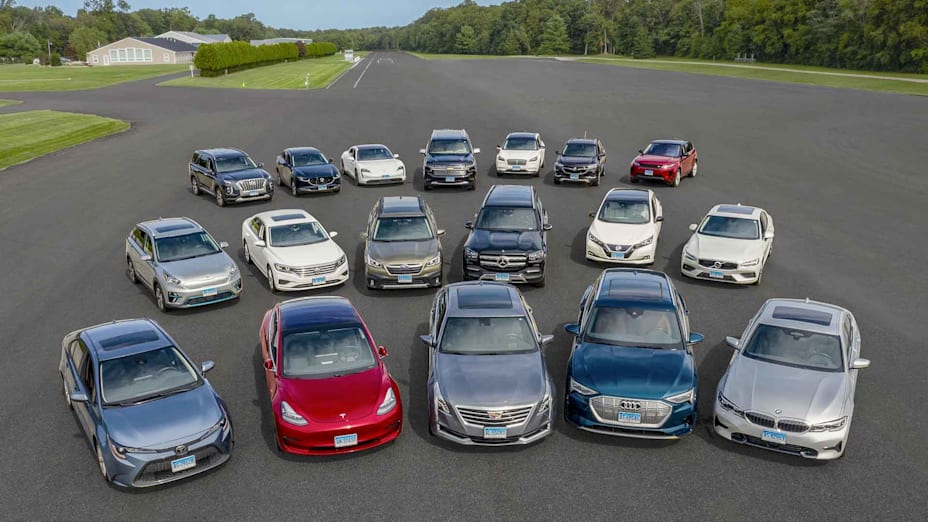
Photo: John Powers/Consumer Reports

Managing Editor, Autos
Top Used Questions
Should you buy used, certified pre-owned, or new?
-
Used Cars
Price factor Greatest savings (sales price, taxes, insurance)Finance factor Higher loan interest ratesReliability & History Risk that the car is misrepresented. Best years are behind it.pros & consUsed Cars Ratings- Massive selection
- Can order online from services like Carvana
- Private sales mean dealing with all the paperwork yourself
- May have no or limited warranty
-
Certified Pre-Owned Cars
Price factor Price premium over buying a regular used carFinance factor Elevated used-car interest ratesReliability & History Higher satisfaction and reliability than a regular used carpros & cons- Save money over buying new
- Inspected, refurbished, warrantied
- Selection can be limited
- Still a used car
-
New Cars
Price factor Prices can evoke sticker shockFinance factor Lowest interest rate but greatest depreciationReliability & History Highest owner satisfaction and reliabiltypros & consNew Cars Ratings- Full bumper-to-bumper warranty
- Latest safety features
- Higher insurance and taxes
- Many hidden costs, including destination charges
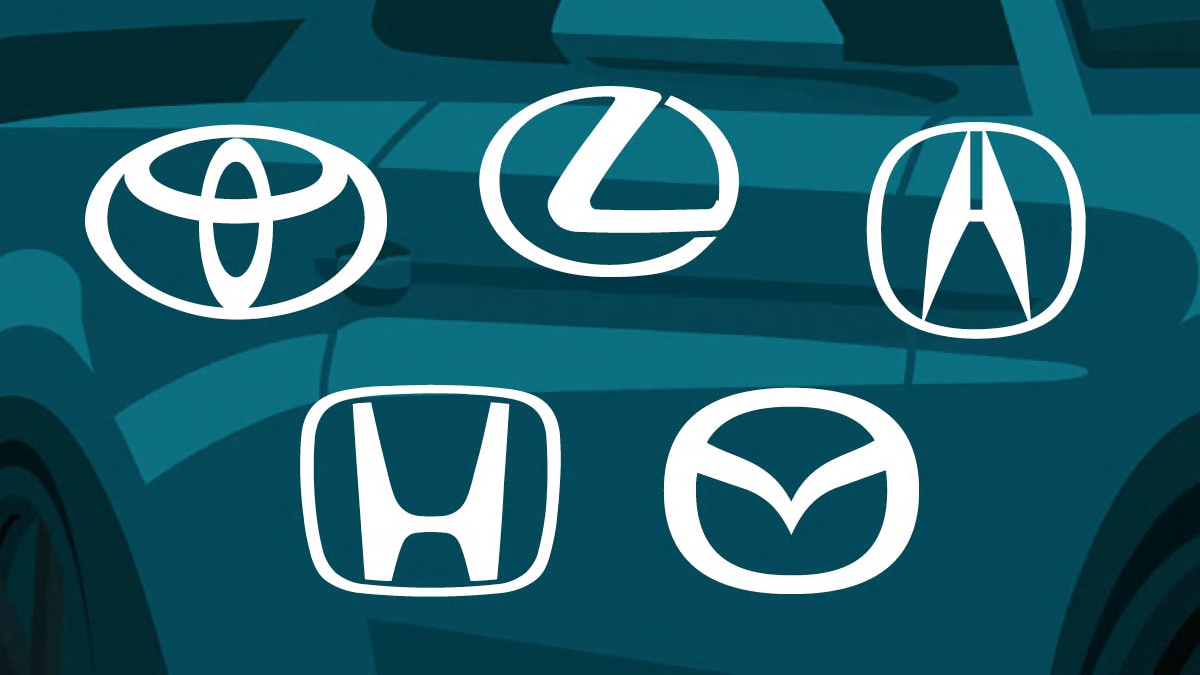
Which Brands Make the Best Used Cars?
Our exclusive analysis ranks 26 car brands based on the reliability of their 5- to 10-year-old models.

Best Used Cars of the Month: 10 Top Picks
Safe, reliable cars and SUVs that will save you thousands.
What makes a CR Recommended used vehicle?
-
Road tests
Every car we purchase new is put through a comprehensive program that includes acceleration, braking, emergency handling, and fuel-economy tests. We also evaluate usability, fit and finish, noise, ride, and safety systems. For electric vehicles, we consider factors such as speed, ease of charging, and range. This informs our used-car recommendations and provides comprehensive road tests for shoppers.
-
Reliability
Comprehensive reliability ratings based on member surveys reveal how well a car holds up and specifically where problems may arise. Recommended used cars have above-average reliability compared with other cars of the same model year. Our Best reliable models have proved to have multiple years of strong reliability scores.
-
Safety
To be recommended, used cars must come standard with electronic stability control (ESC). In addition, many recommended models are available with safety features such as forward collision warning (FCW), automatic emergency braking (AEB), blind spot warning (BSW), lane departure warning (LDW), and/or lane keeping assistance (LKA).
-
Get an inspection
Even among the used cars we recommend, stinkers can result from a bad day at the factory or a neglectful owner who didn’t keep up with the required maintenance. Make sure to have the car you’re considering thoroughly inspected by a certified mechanic before you sign on the dotted line.
What are model years and generations?
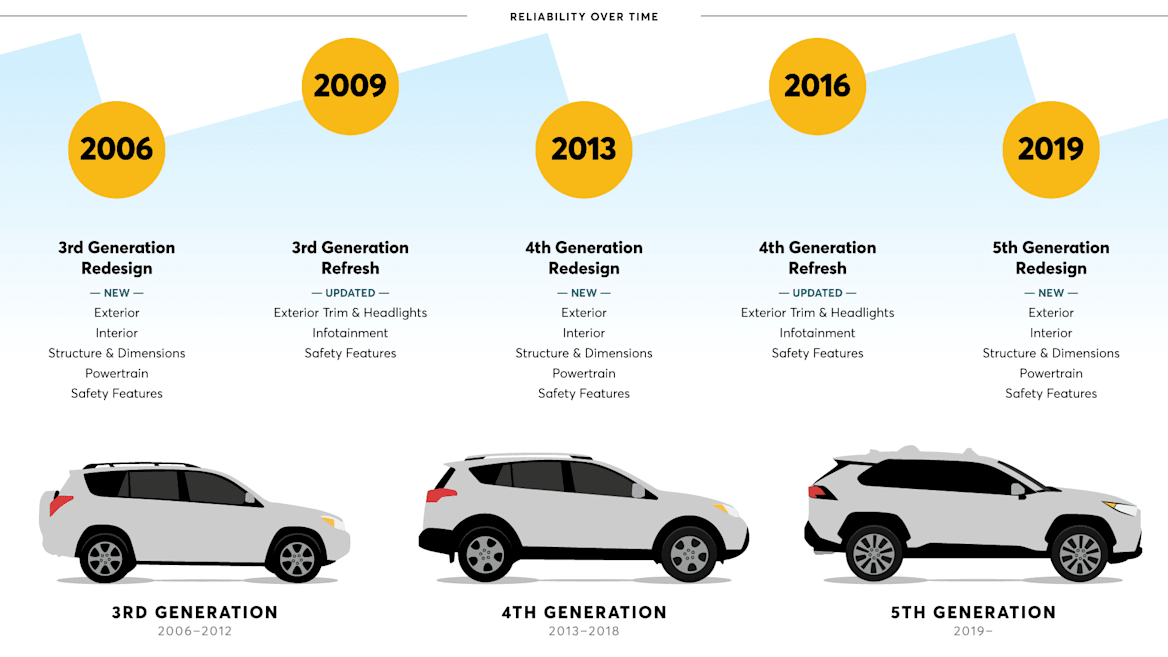

-
All-new cars
The term “new” is used too often in reference to cars. For us, “all-new” means the car did not exist before, such as when the Tesla Cybertruck arrived on the scene. It can also signal the start of a generation, reflecting a major redesign.
-
Redesigned cars
This is when an existing car undergoes a bumper-to-bumper engineering overhaul. Typically, this involves changing all exterior sheet metal and the full interior. Extensive redesigns can also change the platform and powertrain. A slight mid-generation styling update is not a true redesign.
-
Model year
Most cars enter the market in the fall before the model year and leave the market, or are replaced, by the fall of the model year. For example, the 2024 models typically went on sale in fall 2023. The following year, they will be replaced by 2025 models that go on sale in fall 2024. The model year is important for looking up equipment, performance, reliability, values, and recalls.
-
Generations & refreshes
Most cars are sold for five to seven years before they are treated to a full redesign. This period is referred to as a generation. During that time, there may be incremental changes to equipment. Halfway through the generation, many cars receive upgrades to appearance, standard features, and interior details, often called a refresh. Our surveys show reliability tends to improve later in a generation.
Ready to buy? Use these CR tools.
-
Used car marketplace
Photo: Getty ImagesReady to browse for your next ride? Search our Used Car Marketplace for vehicles for sale in your area and sort by the factors that matter most to you. The listings include CR reliability and owner satisfaction ratings, and there’s a free vehicle history report for most of the vehicles from Carfax, a CR partner.
-
What’s the car worth?
Illustration: Chris Griggs/Consumer Reports, Getty ImagesTo find the value of the car you’re replacing or the one you wish to buy, turn to our Trade-In Estimator. In seconds, you get an estimate based on trim and mileage, showing the value for a trade-in and private party sale. It is quick and easy to use, and no dealers will contact you.
-
Maintenance & repair costs
Photo: Getty ImagesCar ownership costs go far beyond what you pay for a car. It's important to consider whether you can budget for maintenance and repairs, especially if you’re considering an older model or a luxury vehicle. Based on data from CR members, we rank car brands by average cost, looking at costs for years 1-5 and years 6-10.
-
How to finance a used car
Illustration: Kiersten EssenpreisThe savings from buying a used car can quickly evaporate if you need to finance your purchase because interest rates are higher than for new cars. We compiled expert tips that walk you through the process, from checking and improving your credit score all the way to negotiating dealer add-ons. Read our advice on used-car financing.
-
Beat dealership sales tactics
Photo Illustration: Lacey Browne/Consumer Reports, Getty ImagesCar salespeople train every day on how to separate money from customers. To put you in the driver’s seat of your next purchase, we discuss tactics with sales staff and our own experts—who have purchased hundreds of cars at dealerships for our test program. This is their advice.
-
Car insurance
Illustration: SinelabThe cost for the essential protection of car insurance has been on the rise, making it important to understand your coverage options. CR has advice on how to save big on car insurance. And through our extensive surveys, we rate the major insurance carriers, so you can quickly see which ones are the most satisfying.
-
How to judge comfort
Photo: iStockUltimately, a car is a great choice only if you find it comfortable. Take your time to carefully assess access, driving position, seat comfort, and ride comfort. Extras like lumbar seat adjustments, automatic climate control, and seat memory settings can help over time.
-
How to do your own test drive
Illustration: Giacomo BagnaraBefore you buy any car, make sure you take it for a test drive. This is a chance to see how it fits and feels, and to identify any potential performance issues, such as a troublesome transmission, a harsh or bouncy ride, and steering that pulls to one side. Our experts have tips on how to do your own test drive like a pro.
-
Get an inspection
Photo: Getty ImagesEven among the used cars we recommend, stinkers can result from a bad day at the factory or a neglectful owner who didn’t keep up with the required maintenance. Make sure to have the car you’re considering thoroughly inspected by a certified mechanic before you sign on the dotted line.
















